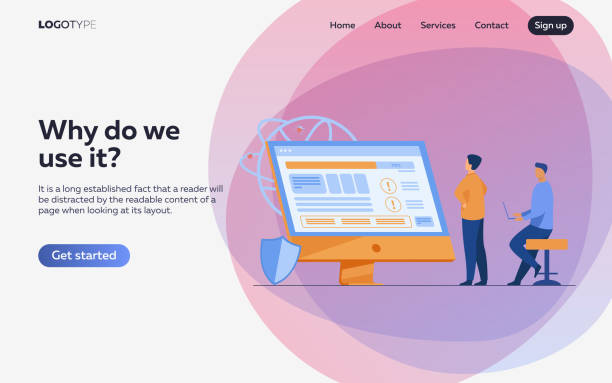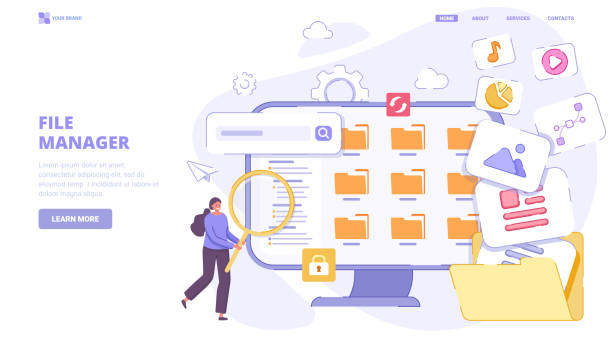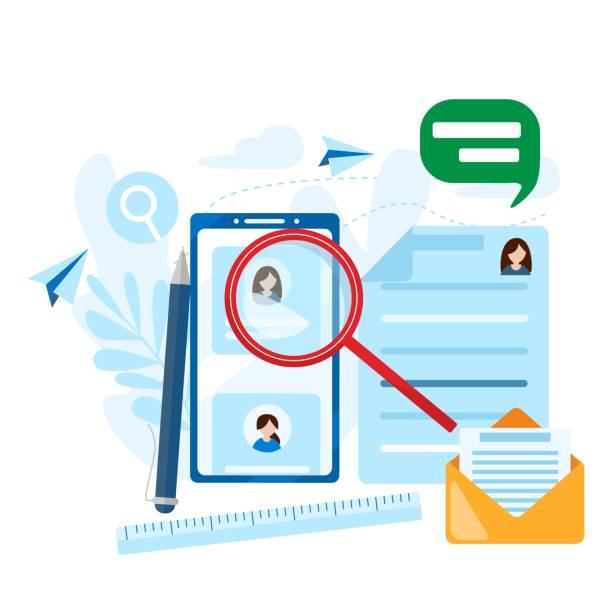Introduction to On-Page SEO and Its Importance

In today’s highly competitive web world, an online presence merely by having a website is not enough.
To be seen and attract target audiences, Search Engine Optimization (SEO) is crucial.
Among these, #Internal_SEO or #On-Page_SEO plays a pivotal role.
On-Page SEO refers to a set of actions taken within the website itself and on its content to improve its ranking in search results.
These actions include optimizing titles, meta descriptions, URL structure, content, images, and internal linking.
The importance of On-Page SEO stems from its direct help to search engines in correctly understanding your website’s topic and determining whether your content is relevant to a user’s query.
Without strong On-Page SEO, even the best content might never reach its audience.
This section provides an explanation for a basic understanding of the concept of On-Page SEO and, as an educational section, familiarizes users with its necessity.
In fact, On-Page SEO is considered the foundation of any successful SEO strategy and plays a key role in attracting organic traffic and increasing website visibility.
These optimizations ensure that your content is understandable and valuable not only to users but also to complex search engine algorithms.
Focusing on On-Page SEO means investing in your website’s potential for sustainable growth.
Did you know that 94% of users’ first impressions of a business are related to its website design? With professional corporate website design by **Rasawweb**, turn this first impression into an opportunity for growth.
✅ Attract more customers and increase sales
✅ Build credibility and trust in the audience’s eyes⚡ Get free website design consultation!
Keyword Research for On-Page SEO

Keyword research is the backbone of any SEO strategy, especially On-Page SEO.
Before producing any content, it’s essential to know what words your audience uses in search engines to find information related to your business or topic.
This specialized process involves identifying core keywords and long-tail keywords that accurately reflect the user’s search intent.
Tools such as Google Keyword Planner, Ahrefs, Semrush, and even Google’s own suggestions in the search bar, can provide valuable guidance at this stage.
Choosing the right keywords helps you produce content that precisely meets user needs while also being highly competitive in search results.
Keywords should be used naturally and without overstuffing in the title, meta descriptions, main body text, and subheadings.
The goal is to optimize your content for words people actually search for, not words you think are important.
This analytical approach ensures the success of your On-Page SEO campaign and signals to search engines that your content is relevant and authoritative.
Focusing on targeted keywords drives higher quality traffic to your website, increasing the likelihood of converting them into customers or loyal readers.
Content and Structure Optimization for On-Page SEO

Optimizing website content and structure is the cornerstone of effective On-Page SEO.
Your content should be engaging and useful not only for search engines but, more importantly, for users.
This includes providing specialized and accurate information in a way that is easy and pleasant to read.
Using headings (H1, H2, H3…) hierarchically and logically helps search engines understand your content structure and allows users to quickly access desired sections.
Short paragraphs, the use of lists (bulleted and numbered), and sufficient white space enhance readability.
Additionally, target keywords should be used naturally and meaningfully throughout the text, without leading to excessive keyword density, which can harm user experience.
Your content must be original, unique, and high-quality to provide real value to the user.
Below, a table addresses important elements in content and structure optimization for On-Page SEO:
| Element | Description | Importance in On-Page SEO |
|---|---|---|
| Headings | Using H1 to H6 tags to organize content. | Increased readability, helps search engines understand structure. |
| Keyword Density | Natural repetition of keywords in the text. | Signaling content topic to the search engine. |
| Short Paragraphs | Dividing text into smaller blocks for easier reading. | Improved user experience and reduced bounce rate. |
| Lists and Tables | Using numbered or bulleted lists and tables. | Providing structured and scannable information. |
This educational approach helps you create content that is both valuable to users and optimized for search engines, both of which are essential for success in On-Page SEO.
The Importance of Meta Tags in On-Page SEO
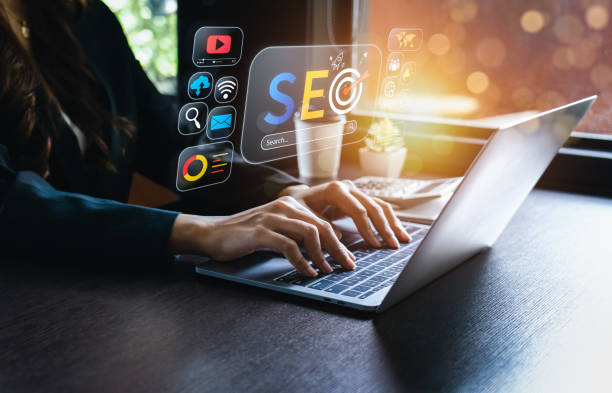
Meta tags, including Meta Title and Meta Description, although not directly displayed in the visible content of a web page, play a very important role in On-Page SEO and user attraction.
The meta title is the first thing users see on the Search Engine Results Page (SERP) and should include the main keyword of the page, along with enough appeal to encourage clicks.
This title also helps search engines understand the main topic of the page.
The meta description is also a concise and appealing summary of the page’s content that encourages users to click on your link.
Although meta descriptions do not directly affect ranking, they can significantly increase the click-through rate (CTR), which is an indirect but very important ranking factor for On-Page SEO.
Writing specialized and creative meta tags requires a deep understanding of the searcher’s intent and the ability to combine keywords with an effective marketing message.
Ensure that each page has unique and optimized meta tags to avoid duplicate content.
This is a key guideline for improving your website’s visibility in search results.
A good meta description can answer a user’s question even before they enter your site and convince them that this is what they are looking for.
Does your current website build the trust that potential customers should have in your business? If the answer is no, it’s time to have your professional and impactful corporate website with Rasawweb.
✅ Fully custom design tailored to your brand identity
✅ Increase lead generation and business credibility in the eyes of customers⚡ Contact us for a free consultation!
Internal Linking and Its Role in On-Page SEO
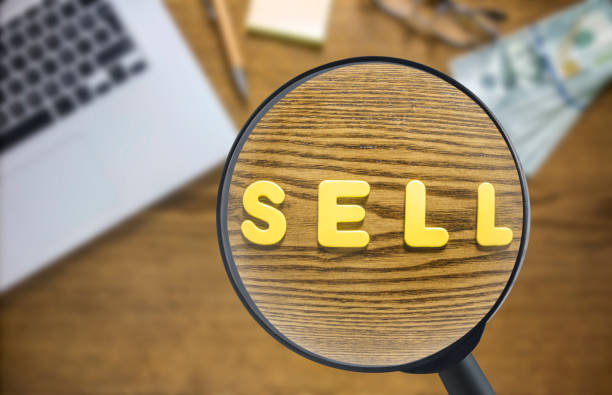
Internal Linking is an often overlooked yet vital aspect of On-Page SEO.
This process involves creating links from one page on your website to another page within the same website.
Internal linking not only helps users easily navigate your website but also allows search engines to better understand your website’s structure and discover relevant content.
This also helps distribute “Link Equity” (or PageRank) throughout your website.
For example, if you have a high-authority page, linking from that page to other pages can help boost the ranking of those newer pages.
For an analytical and successful internal linking strategy, you should use descriptive and relevant Anchor Texts.
Instead of “click here”, use phrases that include keywords relevant to the destination page.
It is educatively important that links are placed naturally within the text, not as a list of links at the bottom of the page.
Optimizing internal linking can significantly impact the crawlability, indexability, and ultimately the ranking of your pages in search engine results, making it an essential component of any comprehensive On-Page SEO strategy.
The easier search engines can access all important pages on your site, the higher your chances of ranking.
Image Optimization and Loading Speed in On-Page SEO
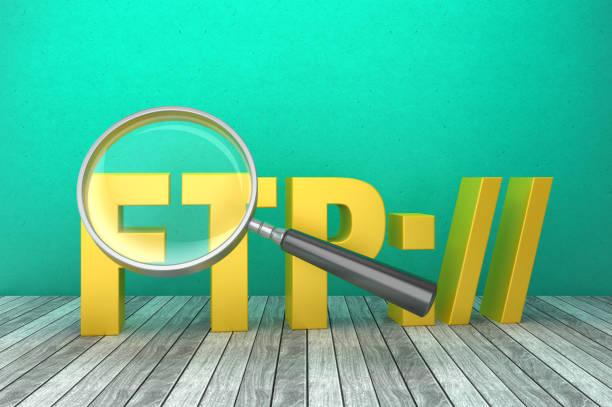
In addition to textual content, optimizing images and website loading speed are also considered key components of On-Page SEO.
Images often constitute a large portion of a web page’s size and can significantly impact loading speed.
Page loading speed is not only an important ranking factor for Google but also directly affects user experience.
Today’s users have high expectations for page loading speed, and slow pages can lead to high bounce rates.
For images, using optimized formats like WebP, compressing images without noticeable quality loss, and setting correct image dimensions before uploading are essential.
Additionally, using Alt Text for images is a specialized guideline for On-Page SEO.
Alt Text helps search engines understand image content (as they cannot “see” images) and is also very important for Web Accessibility for users with visual impairments.
Improving page loading speed involves techniques such as minimizing CSS and JavaScript codes, using browser caching, and choosing suitable hosting.
These actions not only help improve your ranking in search engines but also provide a pleasant user experience for your visitors, and are therefore an important part of On-Page SEO optimization.
A fast site indicates professionalism and attention to detail, which both Google and users appreciate.
The Role of Engaging Content in User Attraction and On-Page SEO

One of the novel and effective approaches in On-Page SEO strategy is the creation of engaging content and interactive content.
This type of content, instead of merely providing information, is designed to engage the user’s mind, make them think, and even encourage discussion and exchange of ideas.
The goal of such content is not only to answer direct user questions but also to pose questions that the user might not even be aware of, or to lead to the discovery of new aspects of a topic.
Engaging content can include surveys, personality tests, challenges, or articles with a “why” and “how” approach that delve deep into a topic.
This type of content significantly boosts the Engagement Rate, increases user dwell time on the site, and can lead to more social media shares, all of which are positive signals for search engines.
Producing entertaining yet useful content is a smart strategy for strengthening On-Page SEO.
This analytical approach shows how, by creating added value and a unique user experience, one can not only attract traffic but also convert visitors into loyal audiences.
Below is an example table of types of engaging content and their effects on On-Page SEO:
| Content Type | Characteristics | Impact on On-Page SEO |
|---|---|---|
| Surveys and Quizzes | Engaging users with questions, data collection. | Increased dwell time, reduced bounce rate. |
| ‘How-to’ and ‘Guide’ Content | Answering common user questions, providing solutions. | Attracting targeted traffic, ranking for query keywords. |
| Storytelling and Scenarios | Presenting information in an engaging narrative format. | Building emotional connection with users, increased sharing. |
| Comparisons and Analyses | In-depth review of multiple products or concepts. | Attracting users in the research phase, increased credibility. |
This approach not only makes your content more attractive to search engines but also gives your brand more identity and value.
Analyzing On-Page SEO Performance with Tools
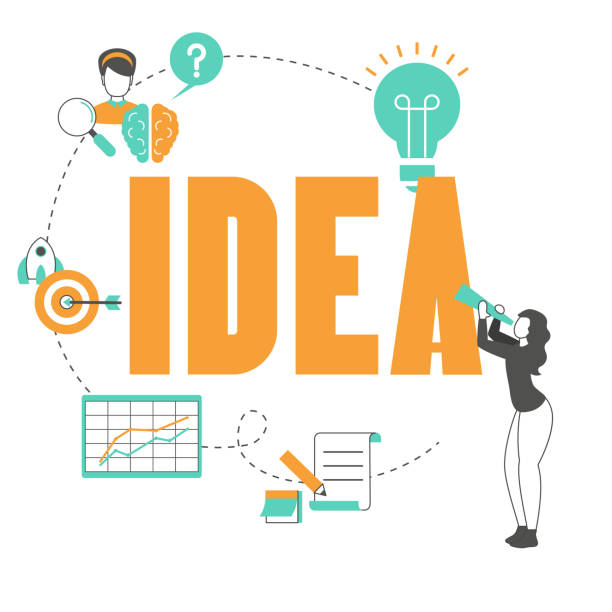
After implementing On-Page SEO strategies, the next crucial step is monitoring and analyzing performance.
Without data and analytical insights, you cannot understand what works and what needs improvement.
Tools like Google Analytics and Google Search Console are two free and powerful platforms that offer valuable guidance in this area.
Google Analytics provides detailed information about website traffic, user behavior, bounce rate, time spent on page, and user navigation paths.
This data helps you see if your On-Page SEO changes have had an impact on user experience.
On the other hand, Google Search Console allows you to monitor your website’s performance in search results.
You can see keywords that drive traffic, average page rank, crawling and indexing issues, and even incoming links.
These tools can also notify you of any errors or warnings related to mobile optimization, sitemaps, or security.
Becoming proficient in using these tools is essential for every SEO specialist to continuously optimize their On-Page SEO strategy and leverage its full potential.
Regular analysis allows you to quickly react to algorithm changes and adapt your strategy to maintain your competitive advantage.
Do you know that customers’ first impression of your company is your website? With a powerful corporate site from Rasawweb, multiply your business’s credibility!
✅ Custom and eye-catching design tailored to your brand
✅ Improved user experience and increased customer acquisition
⚡ Get a free consultation!
Continuous Updates and Dynamic On-Page SEO

The world of SEO is not static and is constantly evolving.
Search engine algorithms are continuously updated, and online competition becomes fiercer day by day.
Therefore, On-Page SEO should not be a one-time activity, but rather requires continuous updates and a dynamic approach.
Being informed of the latest Google algorithm changes and new SEO trends is a specialized and vital element for maintaining and improving rankings.
This includes updating old content with new and relevant information, adding new sections to existing articles, and reviewing keywords to ensure alignment with current user search intent.
Furthermore, monitoring your competitors and analyzing their On-Page SEO strategies can provide valuable insights for improving your approach.
A dynamic strategy means being ready to adapt and change based on new data and trends.
For example, if your data shows a high bounce rate on specific pages, there might be a need to revise the content structure or its attractiveness to users.
This continuous monitoring and adjustments not only help maintain your current rankings but also provide opportunities for growth and dominance over new keywords.
Remember that On-Page SEO is a marathon, not a sprint, and consistency in optimization brings long-term results.
Content updates are important not only for Google but also for users; they indicate your website’s activity and up-to-dateness.
Advanced Challenges and Solutions in On-Page SEO
![]()
Although the principles of On-Page SEO seem simple, implementing and managing it on a large scale can come with complex challenges.
One such challenge is avoiding Duplicate Content, which can harm website rankings.
Using Canonical Tags is a specialized guideline to solve this problem and shows search engines which version of a content is the original one.
Another challenge is managing long and SEO-unfriendly URLs.
Using short, descriptive URLs that contain relevant keywords not only helps improve On-Page SEO but also increases readability and shareability.
Optimizing for Google’s Core Web Vitals is also a relatively new but crucial challenge.
These metrics include loading speed, interactivity (such as the time to respond to the first user input), and visual stability (such as preventing unexpected content shifts).
Improving these metrics requires specialized knowledge in technical website optimization.
Also, ensuring that your website is fully mobile-responsive is no longer an option, but a necessity; as a major portion of search traffic comes from mobile devices.
Solving these challenges requires an analytical approach and deep knowledge of the technical and content details of On-Page SEO.
Implementing these advanced solutions can make a significant difference in your website’s On-Page SEO performance and help you surpass competitors and achieve top rankings.
Always be on the lookout for innovative solutions so you don’t fall behind in the SEO race.
Frequently Asked Questions
And other services of Rasawweb Advertising Agency in the field of advertising
Smart Website Development: A novel service to increase website traffic through precise audience targeting.
Smart Content Strategy: A combination of creativity and technology to increase website traffic through Google Ads management.
Smart Website Development: A fast and efficient solution for user interaction with a focus on marketing automation.
Smart Brand Identity: A dedicated service for growth in click-through rates based on attractive UI design.
Smart Conversion Rate Optimization: A professional solution for user interaction with a focus on custom programming.
And over a hundred other services in the field of internet advertising, advertising consultation, and organizational solutions.
Internet Advertising | Advertising Strategy | Sponsored Content/Advertorial
Resources
What is On-Page SEO? Comprehensive Guide
Complete Guide to Website On-Page SEO
On-Page SEO Tutorial for Beginners
What is On-Page SEO and How to Do It?
? Rasawweb Afarin: Your Success Partner in the Digital World! For the growth and visibility of your business online, trust our expertise. By providing comprehensive digital marketing services including corporate website design, SEO, social media management, and content creation, we pave the way for you to achieve your goals.
📍 Tehran, Mirdamad Street, next to Bank Markazi, Southern Kazeroon Alley, Ramin Alley, No. 6


